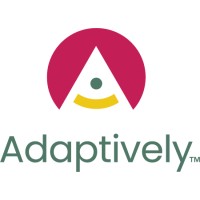Understanding the Difference Between Tutoring and Enrichment Programs
There are a lot of educational programs for students these days, and they are increasing with the country’s growing education gap. Kids are struggling to keep up, parents are burned out, and teachers are doing their best each and every day. You know your child needs additional support, but you don’t know what to do. Understanding the differences between tutoring and enrichment can help navigate which solution would best match your needs. Here are some things to consider when selecting your program:
What is your education goal for your student?
Think about your goal for your child. Are they struggling in one small topic? Do they need comprehensive help related to the changes in education over this past year? Are they being challenged with their current school education?
Tutoring often addresses short-term support needed for an issue that a child is having in a particular subject (i.e. division problems or use of pronouns). Tutoring goals may focus on homework help and practicing isolated tasks specific to the areas identified for support.
Enrichment programs usually have offerings to meet a student where they are in their educational journey. They focus on foundational skills to address how to approach multiple concepts of a subject. So, this type of learning can support your child catching up in a subject and evolving with their needs as they master a concept. This helps your student reach their full potential, even if that is multiple grades ahead.
What type of environment will they thrive in?
Environment is key for students feeling connected to learning. Many students are feeling left behind and overwhelmed with distance learning or blended classes where teachers are balancing online and on-campus students. Consider what type of environment your child needs for their supplemental learning.
Enrichment programs, like Adaptively, are designed with small groups based on learning level. This allows for individual attention, as well as collaborative learning, which is known to provide a deeper understanding of concepts through different perspectives, as well as the social benefits of self esteem, leadership and communication skills.
Tutoring comes in many forms, typically self-paced repetition work and/or 1:1 student and instructor learning. If your child is easily distracted or needs concentrated help on one learning concept, tutoring may be a better option for you.
What background does the program have?
Ensure that you understand both the instructor and the center’s experience with learning. Is
this an individual, freelance tutor or are you working with a center that has years of experience in the educational field? If your instructor is sick, will there be a substitute to teach the class? Also, ask questions about the curriculum itself. Is this a proprietary curriculum developed by the center or an off-the-shelf curriculum?
What costs are associated with the program?
At a high level, program costs are either monthly or hourly. Typically, tutors charge by the hour of instruction, often running anywhere from $60-150/hour. In addition, you may have to purchase materials that align to the tutor’s program.
On the other hand, many enrichment programs are usually all-inclusive with their curriculum and supporting materials. Programs like Adaptively even have online games to support the concepts learned during class!
Each child has different needs for achieving their ultimate potential






